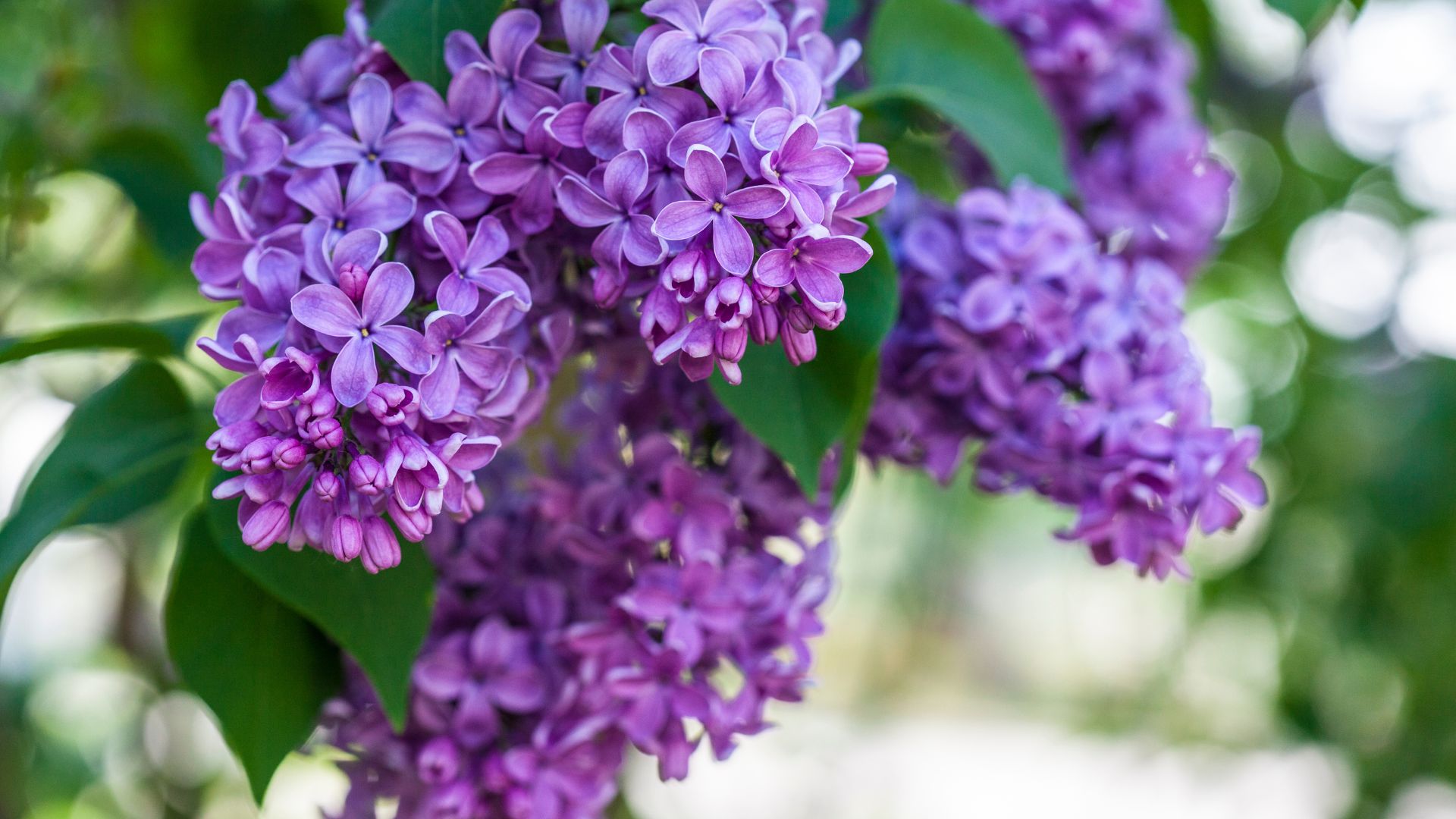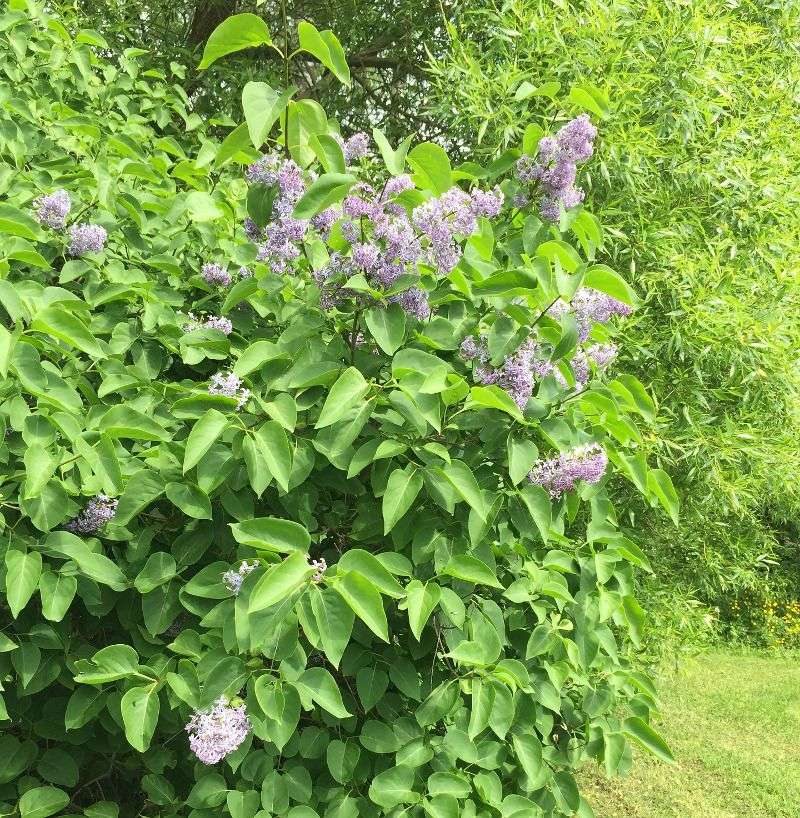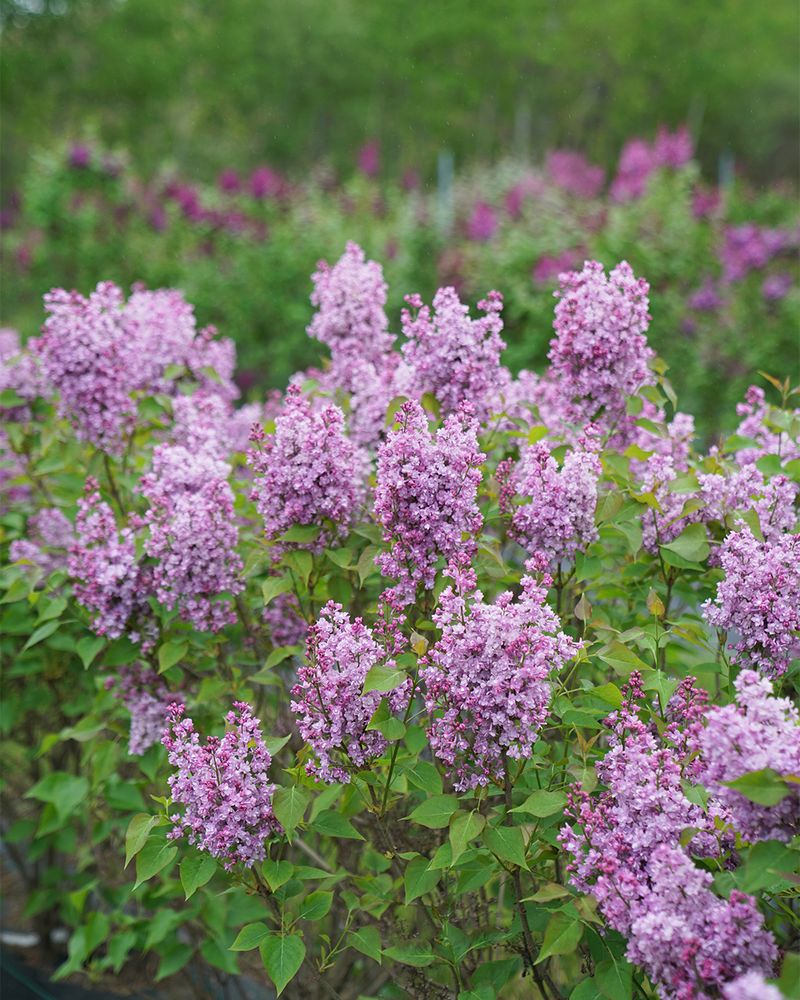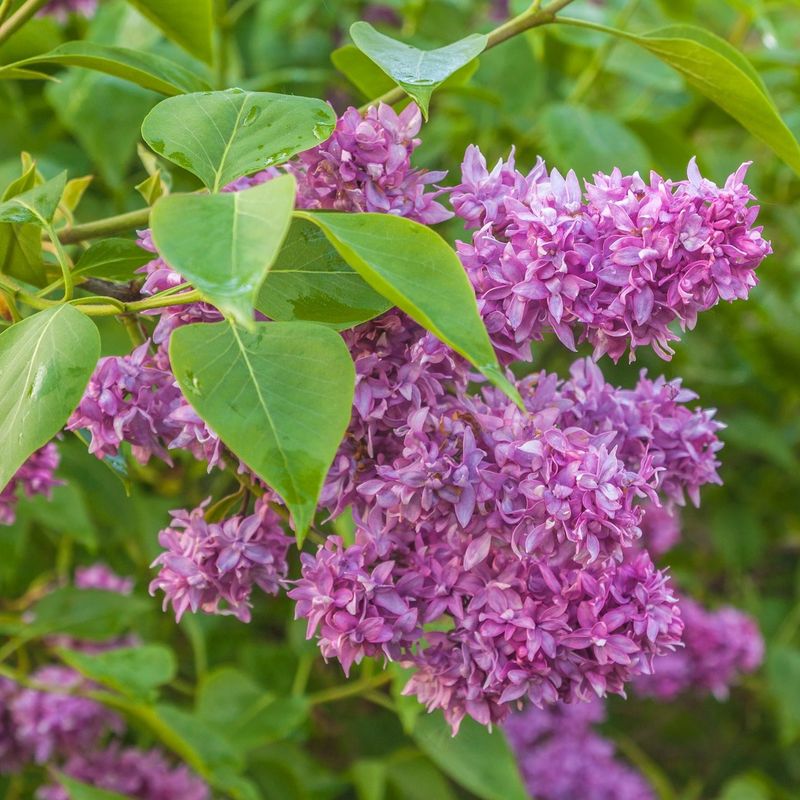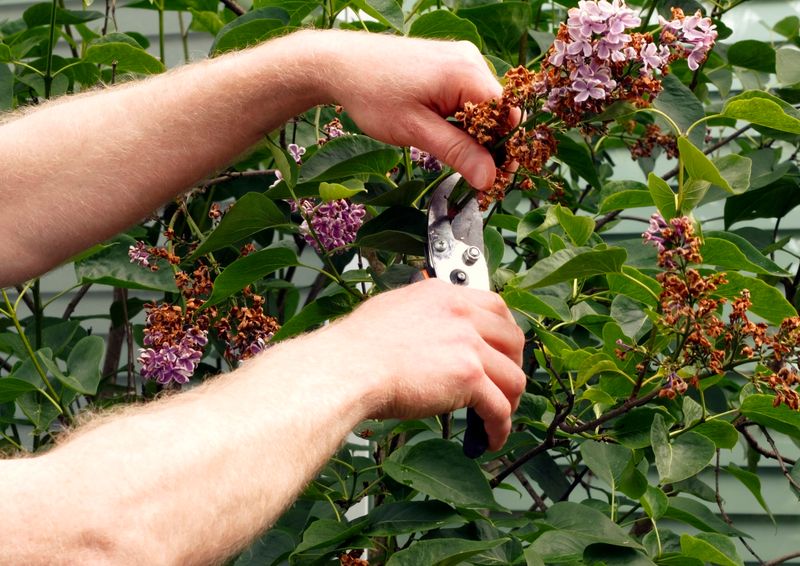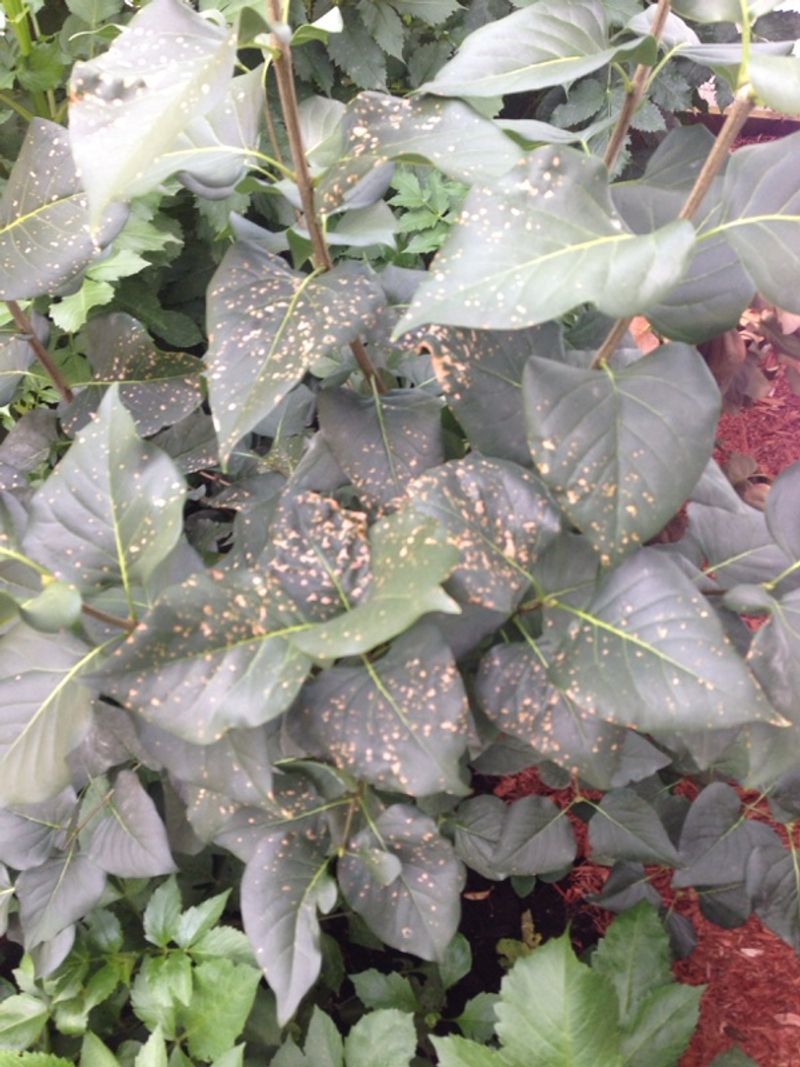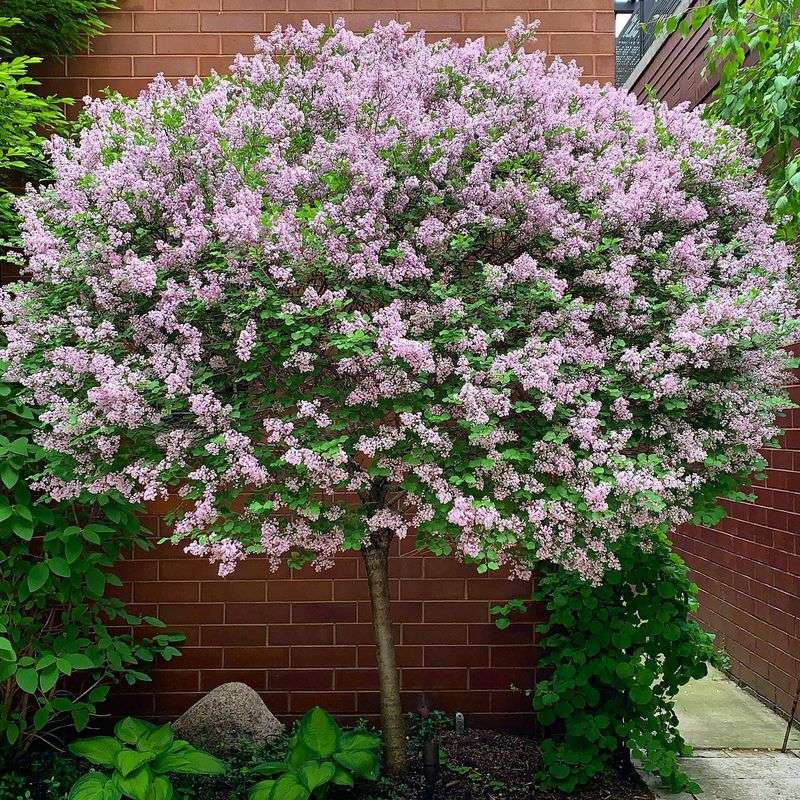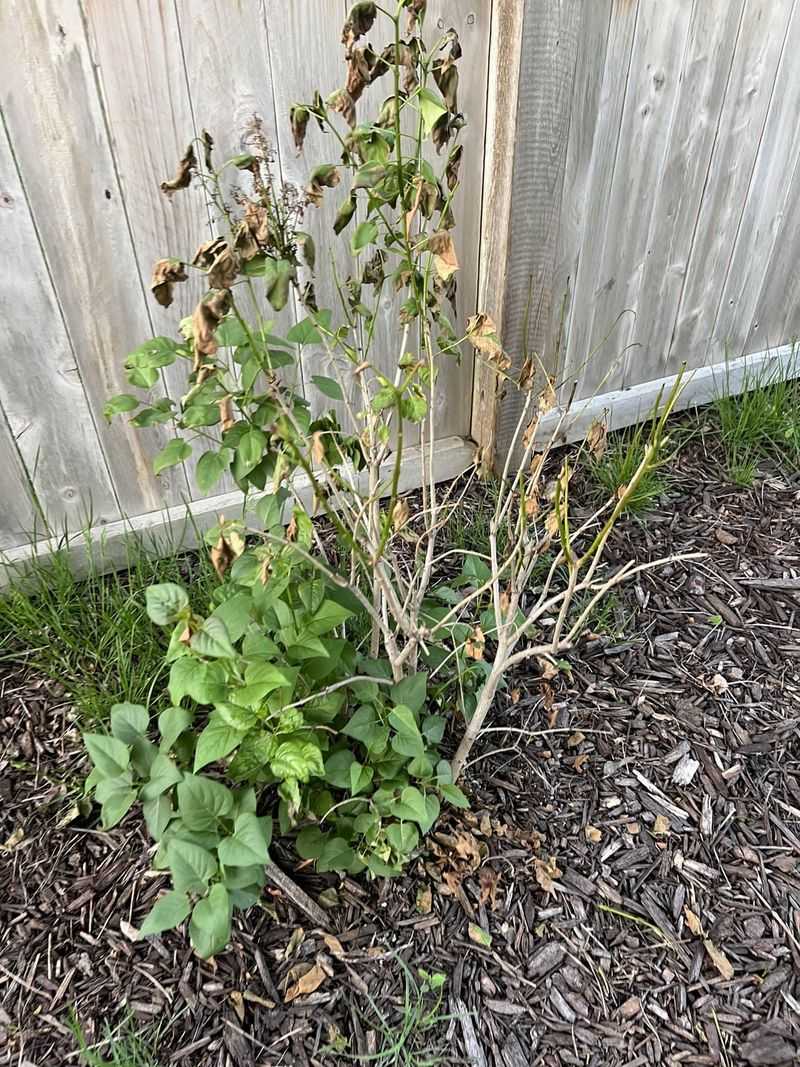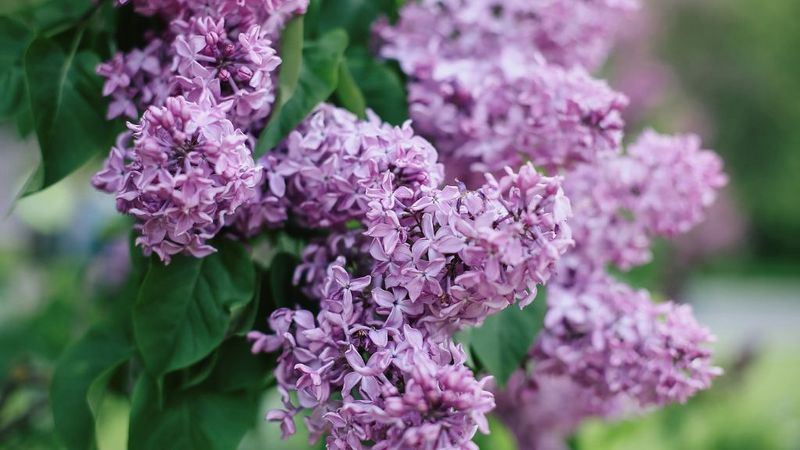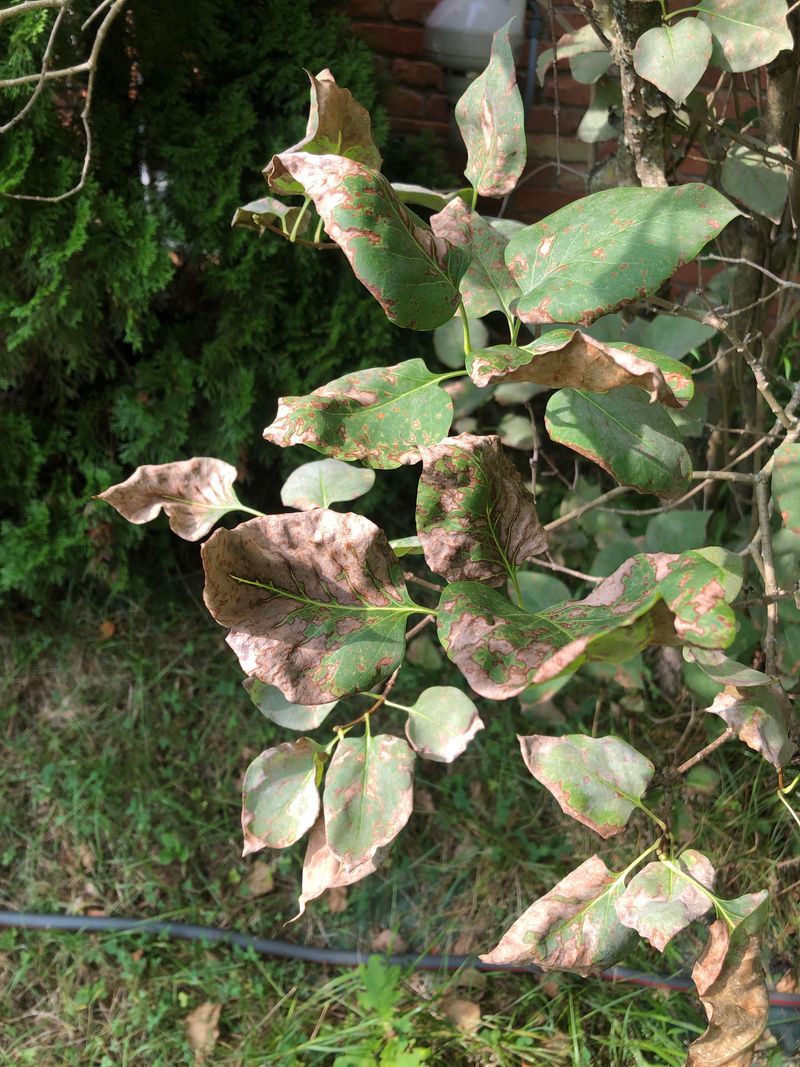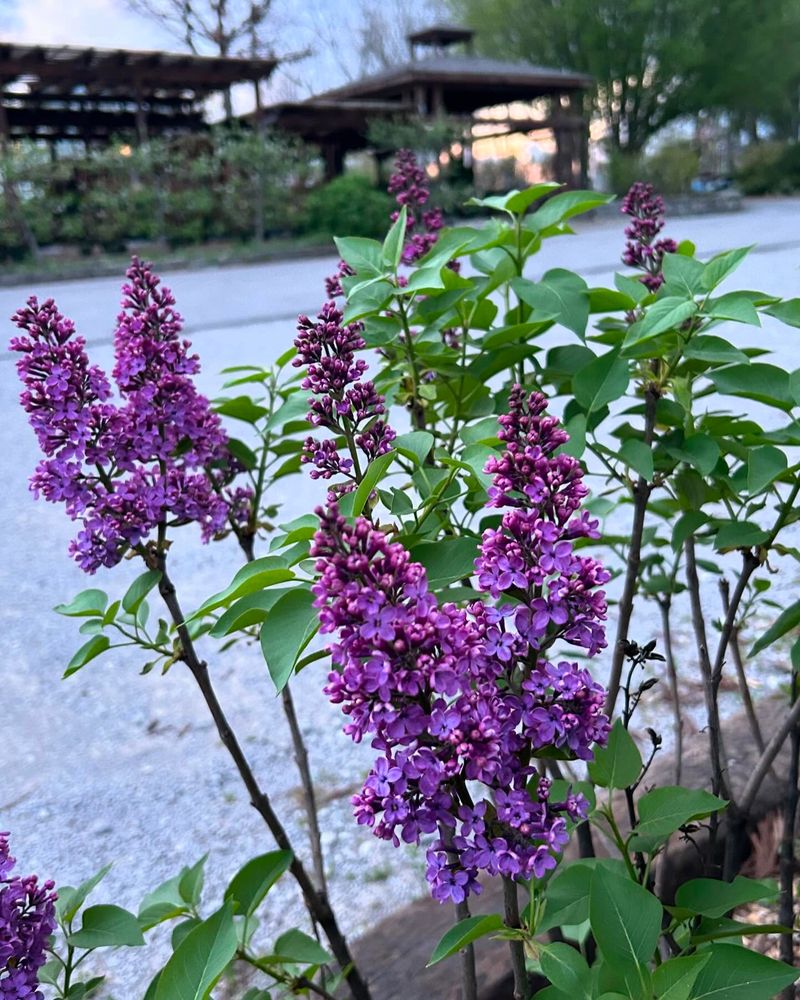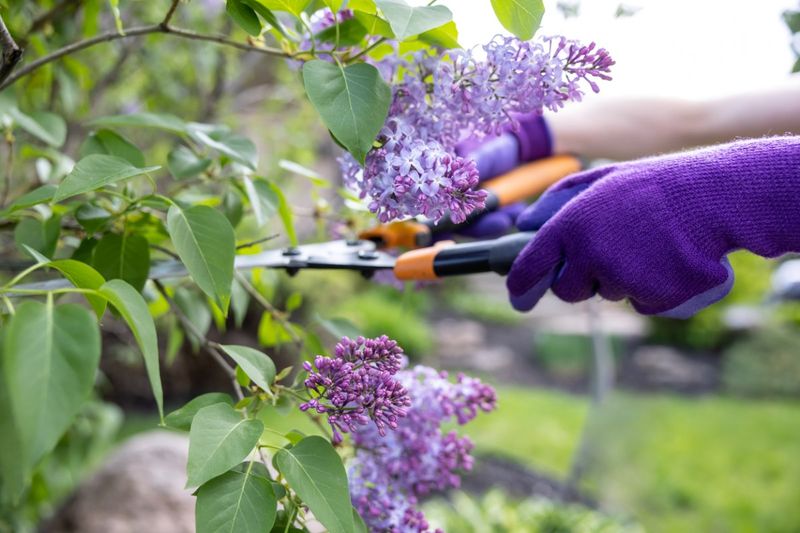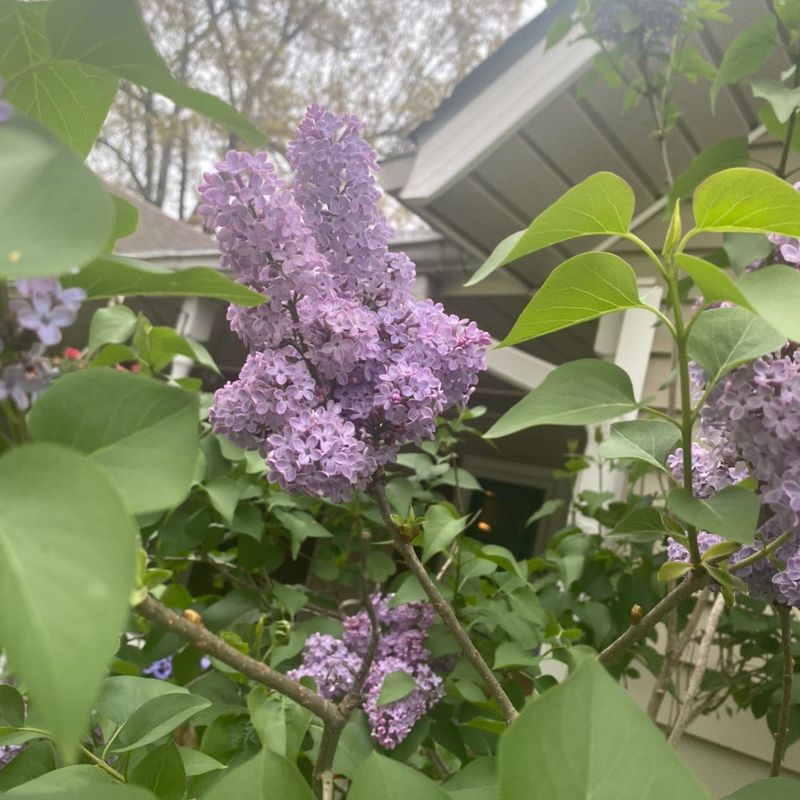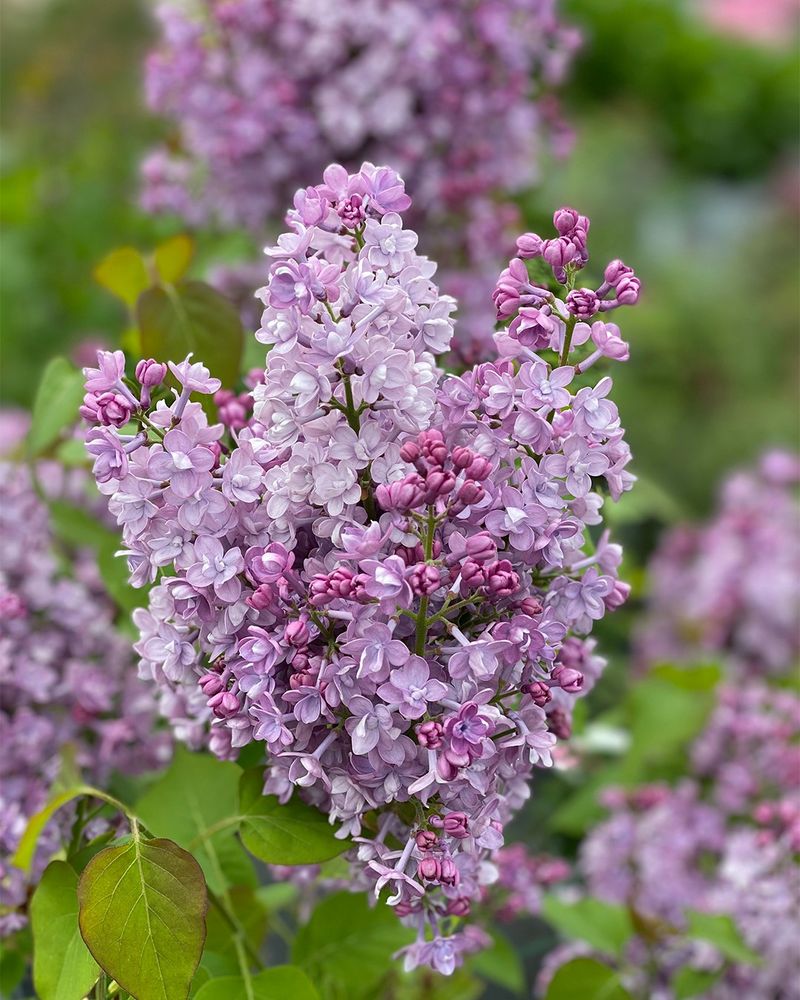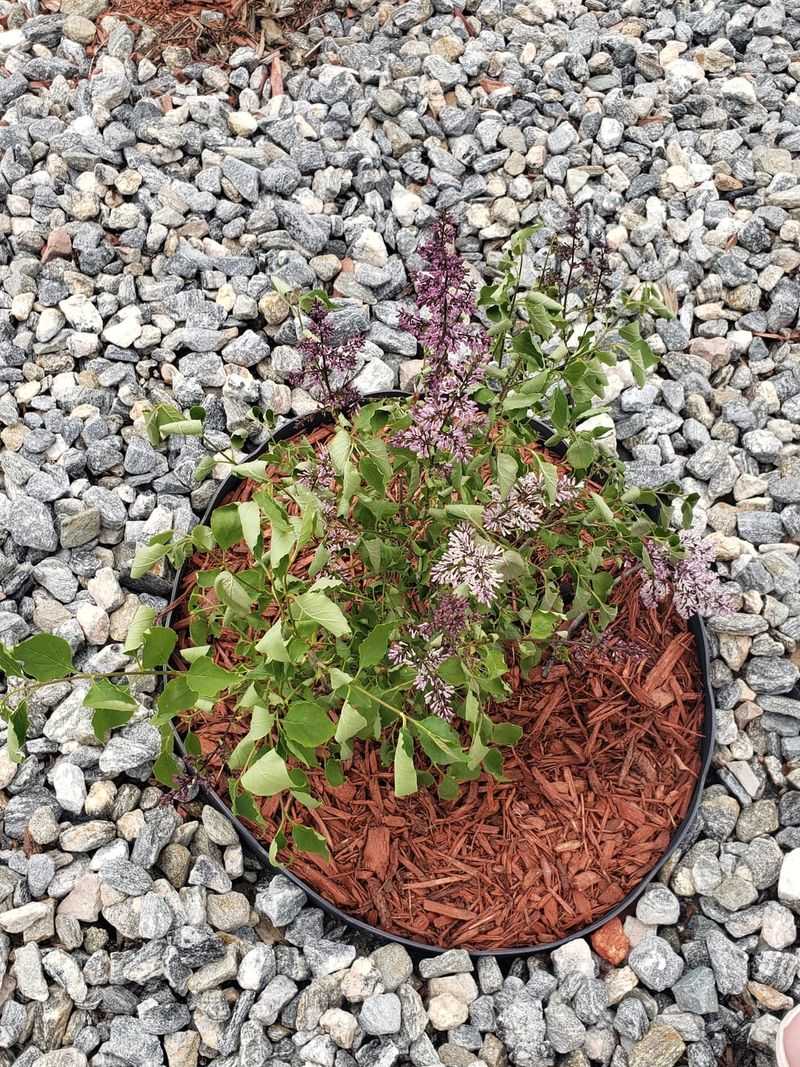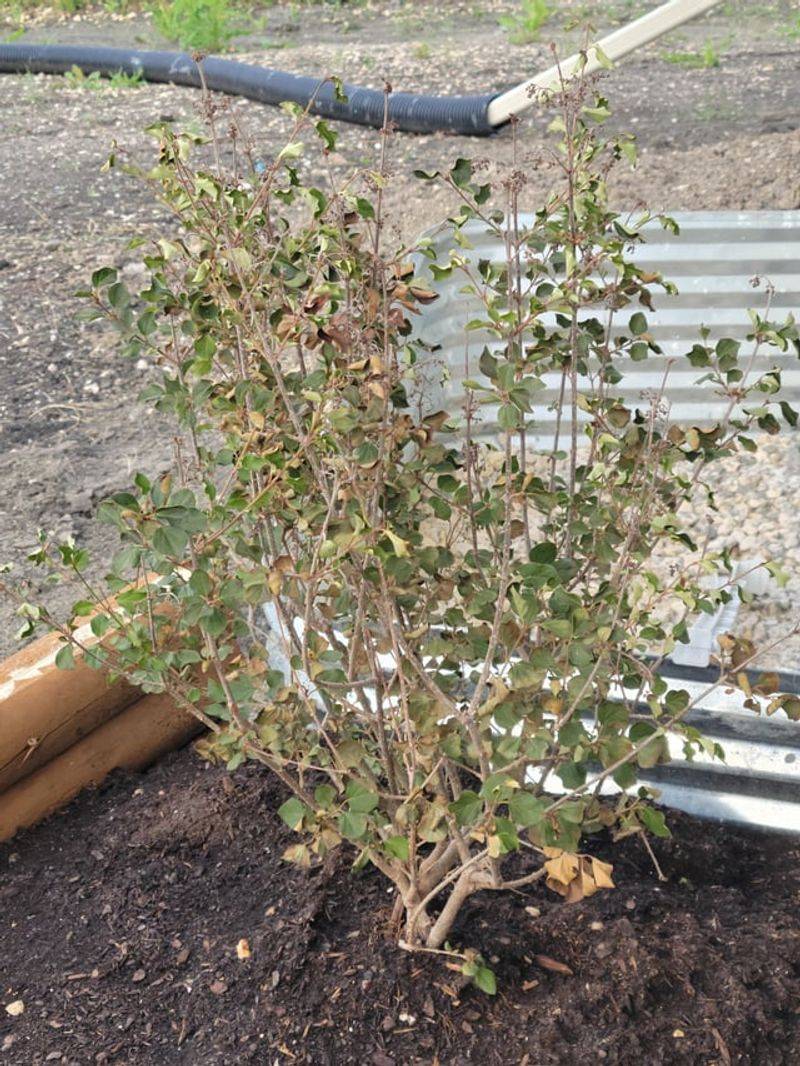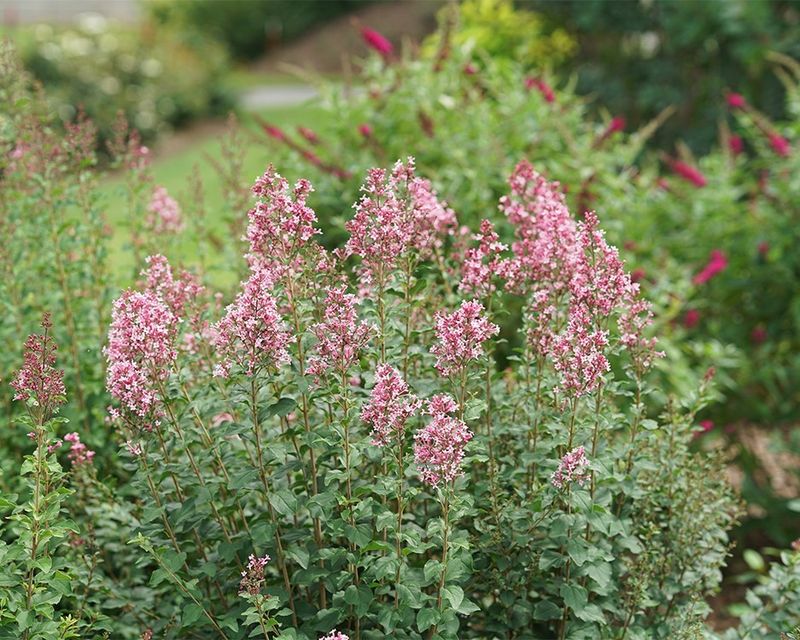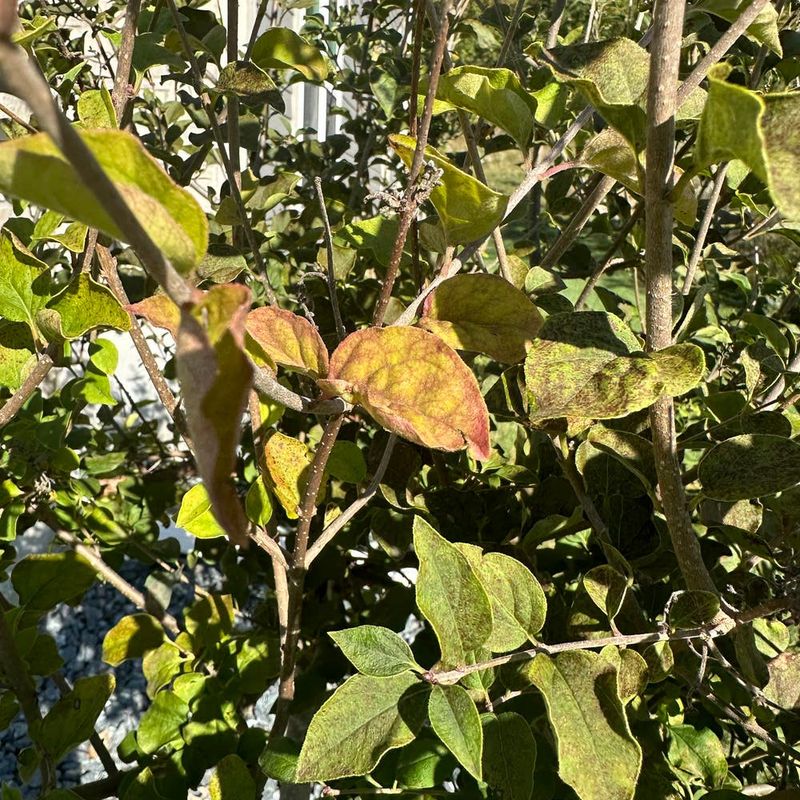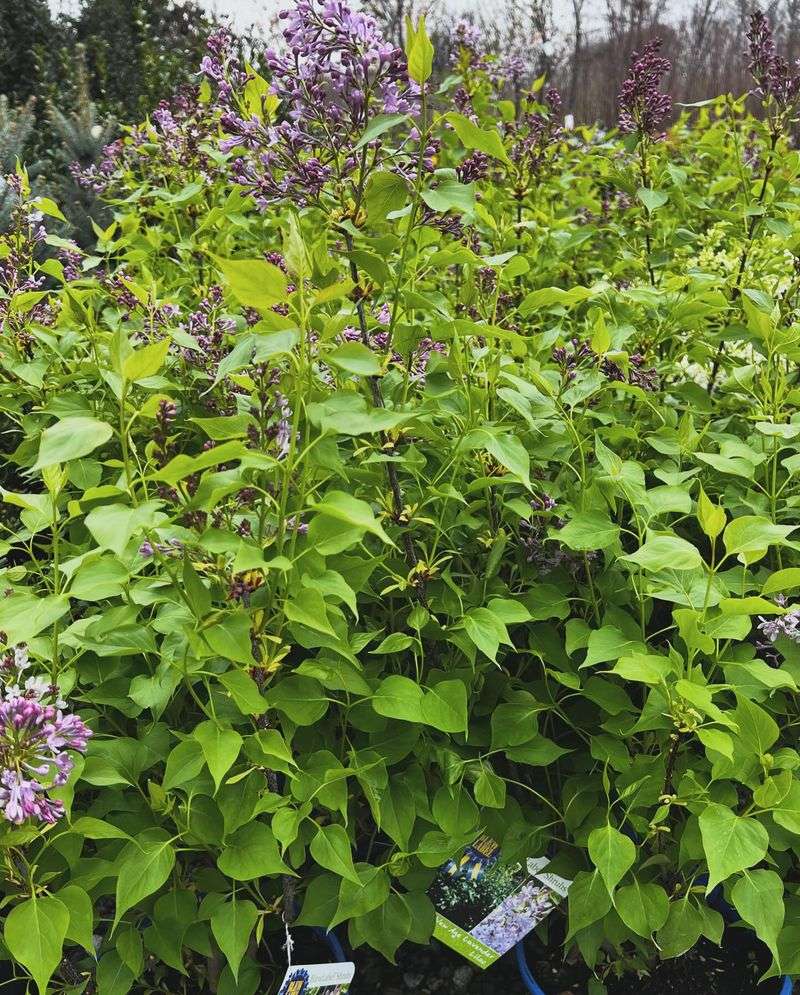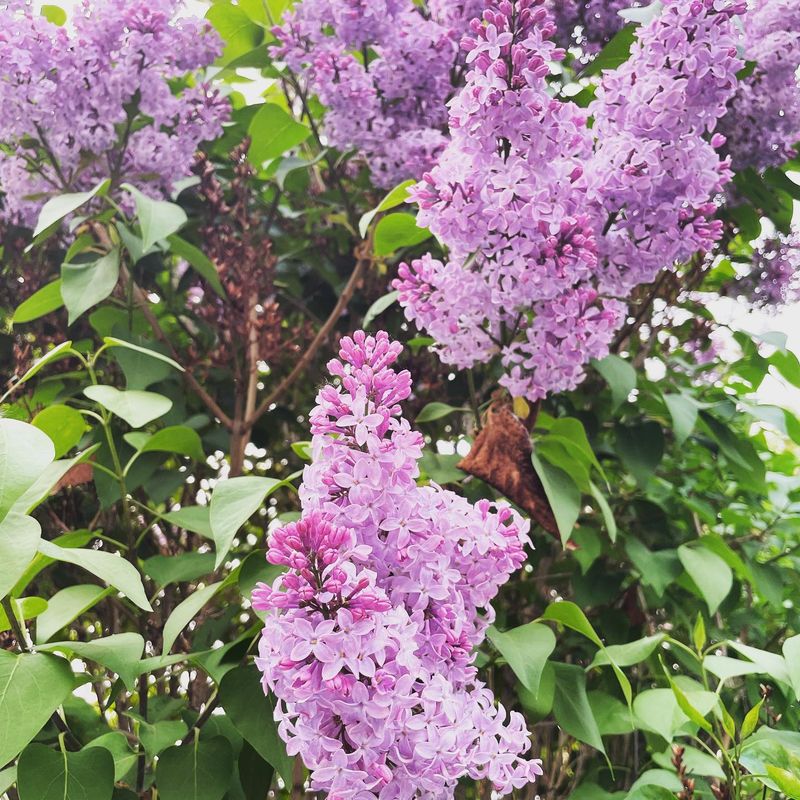Growing lilacs can be one of the most satisfying parts of having a garden—those fragrant blooms are hard to beat! But if you’ve ever struggled to get your lilacs to really thrive, you’re not alone. I’ve definitely made a few mistakes along the way (ahem… over-pruning, anyone?), and I’ve learned that these gorgeous shrubs have some very specific likes and dislikes.
That’s why I put together this list of common lilac-growing missteps, along with what you can do instead. It’s not about perfection—it’s about giving your plants the best chance to grow healthy, happy, and full of flowers. A little know-how goes a long way!
So, whether you’re just planting your first lilac or trying to coax more blooms out of an older bush, these tips will help you avoid the usual headaches and get you closer to that beautiful lilac display we all dream of.
1. Overwatering
Believe it or not, too much water can be just as harmful as too little when it comes to lilacs. These plants prefer well-draining soil and don’t do well in soggy conditions.
Overwatering can lead to root rot, which will gradually weaken your lilac bushes. To avoid this, ensure your soil has excellent drainage and only water when the top inch of soil is dry.
Investing in a moisture meter can also help you determine when it’s necessary to water your lilacs. Remember, lilacs are hardy plants and often thrive with minimal watering once established.
2. Planting In Shade
Lilacs need plenty of sunlight to produce their stunning blooms. Planting them in the shade is a common mistake that can result in poor flowering.
Ideally, lilacs should receive at least six hours of direct sunlight each day. If your garden has limited sunny spots, consider planting lilacs in containers that can be moved to capture more sun.
Additionally, trimming back overhanging branches or relocating the lilac to a sunnier area might be necessary. Ensuring your lilacs bask in the sun will lead to more abundant and beautiful flowers.
3. Wrong Soil Type
Soil composition plays a crucial role in lilac health. These plants prefer slightly alkaline to neutral soil, and using the wrong soil type can hinder their growth.
Conduct a soil test to determine its pH level and nutrient content. If the soil is too acidic, add lime to increase alkalinity. Conversely, if it’s too alkaline, sulfur can help lower the pH.
Amending the soil with compost can also improve its structure and fertility. By creating an ideal soil environment, you’ll provide a strong foundation for your lilacs to thrive.
4. Improper Pruning
Pruning is vital for lilac maintenance, yet improper techniques can damage the plant. Avoid cutting back too much, as this can reduce blooms.
Instead, focus on removing dead or diseased wood and thinning out crowded branches. Pruning should generally be done immediately after flowering to encourage new growth while preserving next year’s blooms.
Use sharp, clean tools to make precise cuts, and avoid pruning in late summer or fall when it can stimulate unwanted growth. Proper pruning promotes airflow and sunlight penetration, enhancing your lilac’s overall health.
5. Ignoring Pests
Pests can be a menace to lilacs if not managed promptly. Common culprits include aphids, borers, and scale insects, all of which can weaken the plants.
Regularly inspect your lilacs for signs of infestation, such as discolored leaves or stunted growth. Natural remedies like neem oil or insecticidal soap can manage pests without harming beneficial insects.
Introducing ladybugs or lacewings, known aphid predators, can also help keep pest populations in check. By staying vigilant and proactive, you can protect your lilacs from unwanted invaders.
6. Planting Too Deep
Planting depth is crucial for lilac success. Burying the root ball too deep can suffocate the roots and impede growth. Ensure the top of the root ball is level with or slightly above the ground surface.
If the soil settles, the plant shouldn’t end up buried deeper than intended. Carefully backfill soil around the roots without compressing it too tightly, as this allows for proper aeration.
Consider the mature size of the bush to provide adequate space for growth. Correct planting depth is foundational for robust lilac development.
7. Neglecting Mulching
Mulching offers numerous benefits for lilacs, such as moisture retention and weed suppression. Neglecting this practice can lead to drier soil and competition for nutrients.
Apply a 2-3 inch layer of organic mulch, like wood chips or bark, around the base of the lilac, ensuring it doesn’t touch the trunk to prevent rot. Mulch also helps maintain a stable soil temperature, which supports root health.
Remember to refresh the mulch annually to keep it effective. This simple step can make a significant difference in your lilac’s health and vitality.
8. Skipping Fertilization
Lilacs, like all plants, require nutrients to thrive, and skipping fertilization can lead to poor growth and flowering. A balanced, slow-release fertilizer applied in early spring can provide essential nutrients.
Look for formulations high in phosphorus, which promotes blooming. Avoid excessive nitrogen, as it encourages leaf growth over flowers.
Organic options like bone meal or compost can also nourish your plants. Regular fertilization ensures your lilacs have the resources they need to produce nice foliage and abundant blooms, enhancing your garden’s beauty.
9. Overcrowding Plants
Space is essential for lilac bushes to grow and bloom effectively. Planting them too closely can restrict airflow, leading to disease and stunted growth.
Lilacs should be spaced according to their mature size, typically 5-10 feet apart, depending on the variety. This spacing allows for adequate air circulation and sunlight exposure, both crucial for healthy blooms.
Properly spaced lilacs are less susceptible to fungal diseases and pest infestations. Thoughtful planning and spacing ensure your lilac garden is not only beautiful but also healthy.
10. Ignoring Disease Signs
Ignoring disease symptoms can cause significant harm to your lilacs. Common diseases include powdery mildew and blight, which can spread if not addressed.
Regularly inspect your lilacs for discolored leaves or unusual growth patterns. Promptly remove any affected areas and treat with appropriate fungicides if necessary. Ensuring good air circulation and avoiding overhead watering can also prevent disease.
Early detection and treatment are crucial for keeping your lilacs healthy. By being attentive to your plants’ health, you can enjoy their beauty season after season.
11. Incorrect Planting Time
Timing is critical when planting lilacs. Planting too late in the season can stress the plants and reduce their chances of thriving. Ideally, lilacs should be planted in early spring or fall when the weather is cooler.
This timing allows roots to establish before the heat of summer or cold of winter. Avoid planting during peak summer to prevent heat stress.
Planning your planting schedule carefully ensures that your lilacs have the best start possible. With the right timing, you’ll set the stage for a garden full of pretty blooms.
12. Failure To Deadhead
Deadheading, or removing spent flowers, can encourage more blooms in the following season. Neglecting this task may lead to fewer flowers, as energy goes into seed production instead.
Use clean, sharp shears to remove dead blooms just above the first set of healthy leaves. This simple practice redirects the plant’s energy into new growth and bloom production.
Regular deadheading keeps your lilacs looking tidy and can promote a more prolific flowering season. It’s a small effort with significant rewards for your garden’s floral display.
13. Using Wrong Fertilizer
Selecting the wrong fertilizer can negatively impact lilac growth. Lilacs benefit from fertilizers high in phosphorus rather than nitrogen. Nitrogen-rich fertilizers may result in foliage but fewer flowers.
Choose a balanced 5-10-5 formulation or similar, applied in early spring. Organic options like bone meal can also enhance bloom production without excess foliage.
Be cautious not to over-fertilize, as this can lead to salt buildup and root damage. Choosing the right fertilizer supports your lilacs in producing the beautiful blooms you desire.
14. Neglecting Winter Protection
Winter can be tough on lilacs if they aren’t protected. Without proper care, cold winds and frost can damage buds and stems. Applying a thick layer of mulch around the base in late fall can insulate roots.
For extra protection, covering bushes with burlap or garden fabric shields them from harsh elements. While lilacs are generally hardy, these precautions help them thrive in colder climates.
By taking steps to safeguard your lilacs, you ensure they emerge healthy and ready to bloom come spring.
15. Ignoring Soil Drainage
Good soil drainage is essential for healthy lilacs. Poor drainage can lead to root rot and other issues. If your soil retains water, consider amending it with sand or gravel to enhance drainage.
Raised beds or planting on a slight slope can also prevent water accumulation. Regularly check soil after rain to ensure it’s not overly saturated.
Addressing drainage problems early on protects your lilacs from potential damage. Ensuring proper drainage creates a conducive environment for your lilacs to thrive.
16. Improper Transplanting
Transplanting lilacs can be tricky and must be done carefully to minimize stress. Ensure the new location has adequate sunlight and well-draining soil.
Dig a generous hole to accommodate the root ball without compressing it. Water the plant thoroughly before and after transplanting to help settle the soil. Transplant during cooler months to reduce shock.
Avoid disturbing the roots more than necessary. Proper technique ensures your lilacs adapt quickly to their new home and continue to flourish.
17. Overlooking Companion Plants
Companion planting can enhance your lilac’s health and beauty, yet choosing the wrong companions can backfire. Avoid planting lilacs with aggressive ground covers or large trees that compete for nutrients and water.
Instead, opt for shallow-rooted perennials like peonies or irises that complement rather than compete. Companion plants can provide visual interest and attract beneficial insects.
Thoughtful pairing enhances your garden’s harmony and supports lilac growth. By selecting the right companions, you create a thriving and balanced garden ecosystem.
18. Failing To Address Nutrient Deficiencies
Ignoring nutrient deficiencies can stunt lilac growth and reduce flowering. Early signs include yellowing leaves or poor growth. Conduct a soil test to identify specific deficiencies.
Amend the soil with appropriate nutrients, such as iron or magnesium, if needed. Regularly applying compost or organic matter can also improve soil fertility.
Addressing deficiencies promptly ensures your lilacs have the nutrients they need to thrive. By maintaining a nutrient-rich environment, you support robust growth and abundant blooms.
19. Forgetting Regular Watering
While lilacs are drought-tolerant once established, forgetting to water them, especially during dry spells, can affect their health. Monitor soil moisture and water if the top inch becomes dry.
Deep, infrequent watering encourages deep root growth, making lilacs more resilient. Use a soaker hose or drip irrigation for even moisture distribution.
Regular watering during dry periods ensures your lilacs remain pretty and healthy. Consistent care keeps your garden’s lilac display pretty and full.
20. Ignoring Local Climate
Selecting lilacs without considering your local climate can lead to disappointment. Some varieties are better suited to certain climates.
Research and choose types that thrive in your area’s temperature and humidity levels. Consider microclimates within your garden that might affect growth.
Understanding your climate and selecting appropriate varieties ensures success. A little research goes a long way in establishing a flourishing lilac garden tailored to your environment.

